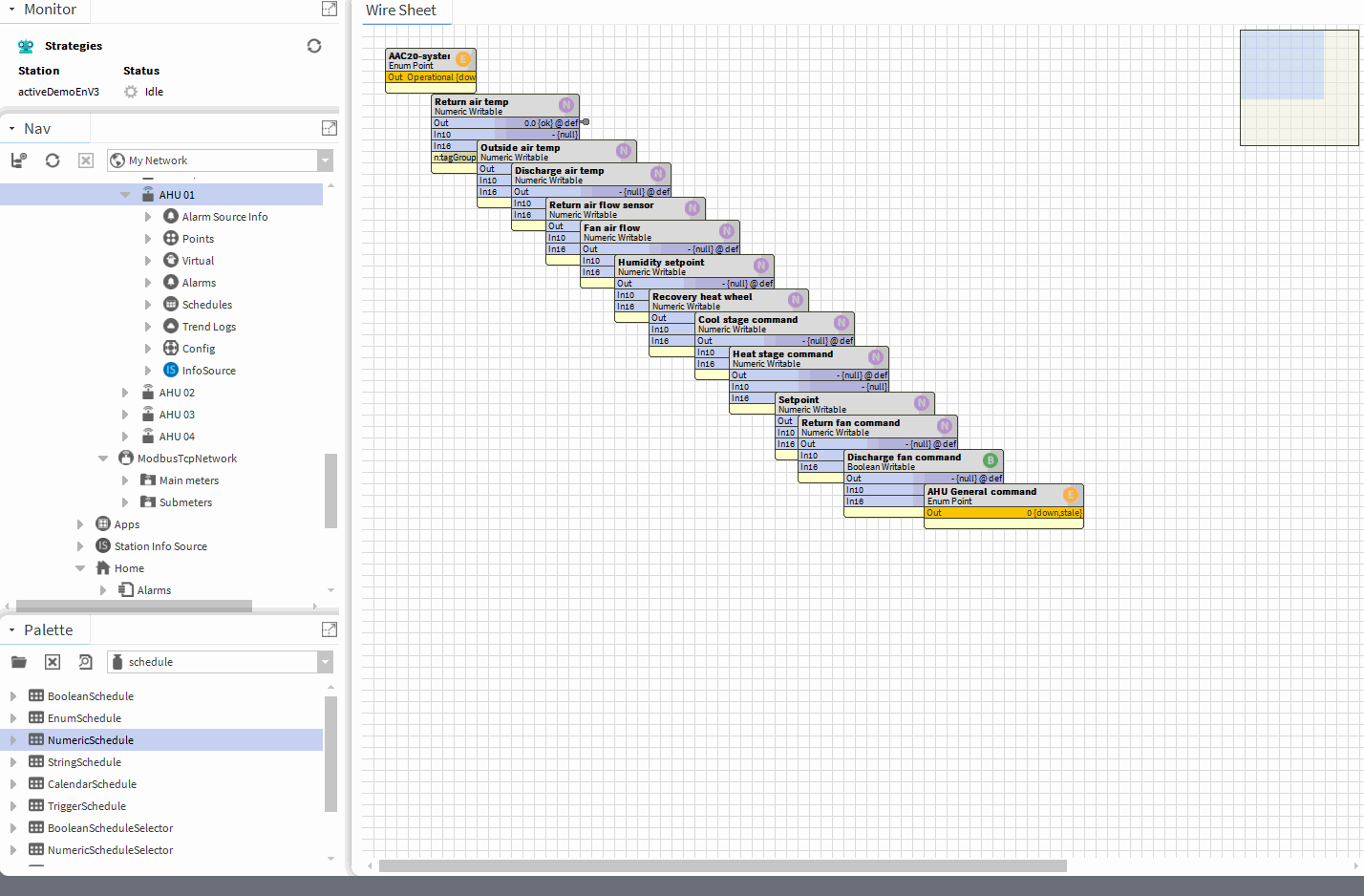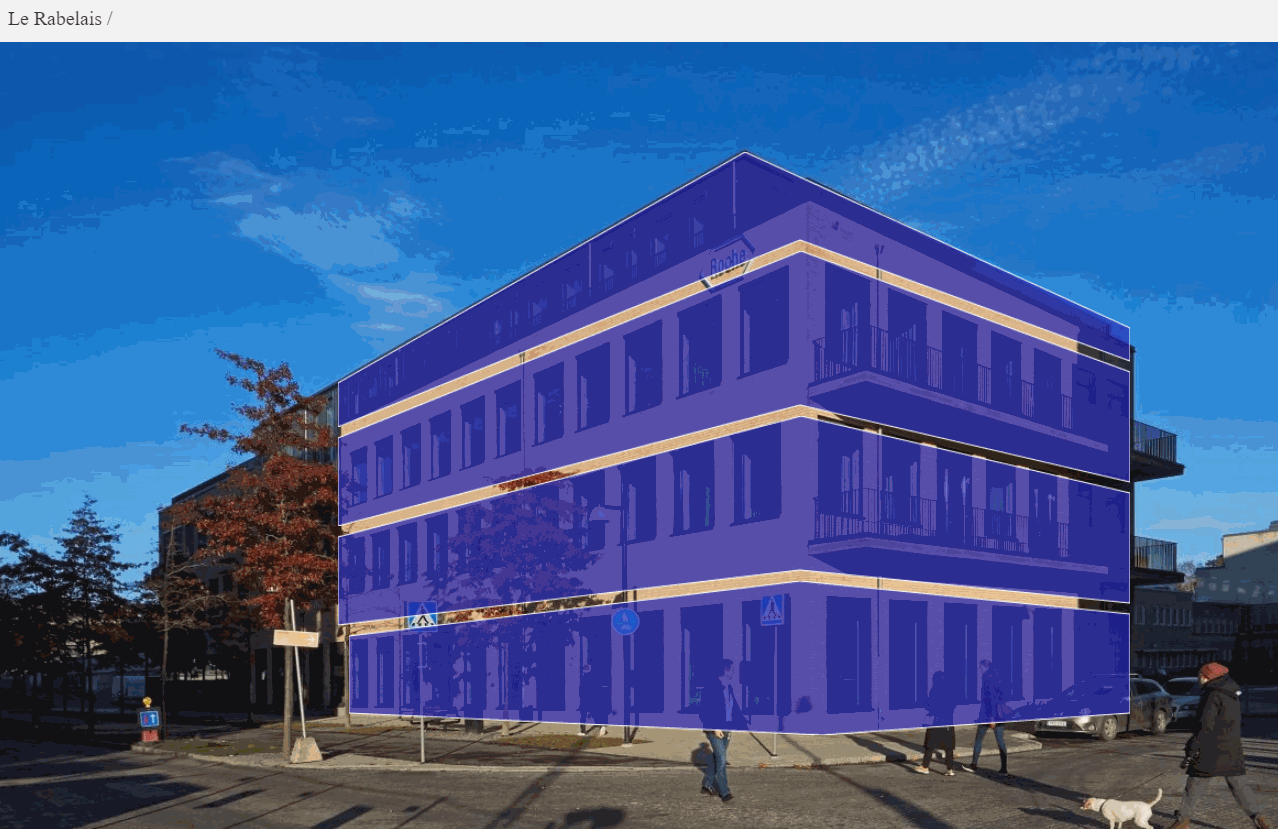
We released Structure last August to easily and quickly apply tags and relations to assets (devices, points...) based on models to describe the location of an asset, its nature, its system... It is really useful when you intend to use the data for analytics or to send them to third party applications. But when it comes to the daily work of integrating systems, it's not necessarily required and will consume you extra time. Even if everyone knows that this is important to connect third services and to provide a real evolution of the building to don't lock the customer to its system.
This is precisely what we're targeting: you keep tagging to ensure a ready to service system (and we make it easier for you) while you save time during your integration.
How do I save time???
We are really excited to announce today the release of a new time killer module: Strategy. We have been working for more than 18 months to propose you a very powerful tool to automate every single task you do very often, sometimes a hundred times. We added to Niagara a Workflow mechanism where you describe with blocks what the system should do (instead of you) like creating a view for each floor, adding and parametrizing a metering synthesis, creating a link between a schedule and some control points... The workflow is entirely based on the model you use for describing your data.
Do I absolutely need to tag everything?
No, not necessarily. From our Niagara distributor experience, we noticed that System Integrator looses a lot of time on site on repetitive tasks and from a lack of structure in their integration process. Standardizing the way a station is programmed has been our focus since with a common methodology and a common nomenclature. But you might already have some models that you re-use and adapt from site to site. Strategy is therefore designed to work also independently. You can record your different programming steps once (like the creation of a logic), so the system builds the workflow automatically like an Excel macro. And you can modify your macro in Niagara without writing a single line of code!
You will be able to create a lot of utility macros and to enjoy the ones we will propose in the future so you can save a lot of time.

Creating appliances
We also want to provide you the possibility for creating appliances suited to your customers needs. An appliance is a packaged application dedicated to a specific use that requires simple configurations instead of a full system integration. The ACTIVE-Framework allows you to combine the Model and now the Strategies to create advanced use cases and to package your applications.
This release introduces a new generic view, the Node Drawer dedicated to the customer. It's a combination of the NodeCreator and the AssignmentView in order to:
When you combine the Node Drawer with Strategies, you can build very advanced and automatic use cases that stay simple for the end user.

A new e-learning program dedicated to strategies is available in your e-learning space. You can start saving time now!
5 new tutorials have been introduced to better understand the possibilities of the Framework on different subjects. They are already accessible in your e-learning space.
The documentation has been updated here or you can access the document of any component in the palette it through the workbench (Help > Guide on Target/Guide on View).
The last version of the Active Framework is available here for downloading. Don't forget to ask for a license on your OfficeDemo if you don't have it yet, it's free! contact@btib.fr
Two stations are released
The releaseNotes of the 46.3.0 are available here.